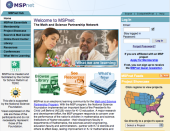BITS Program participants are walking Philadelphia, braving heat and sun, to examine landscapes of Fairmount Park. On Temple University's Main Campus, they are wearing their new Temple IDs to work in computer labs, libraries, classrooms, and offices as interns and as service learners. They are charged with creating social media projects related to environmental issues and to depict the observations they are making on their field assignments.
Last week, Service Learning students completed Sadie's Parkway Tour - a 3 mile long loop from Love Park to the Art Museum of Philadelphia. Along the way, students examined the changes in the pedestrian landscape. They explored the uses of Fairmount Park areas around the river once they arrived at the Art Museum.
Tomorrow, we begin a week-long examination of the lower trail of the Wissahickon Park and along the Schuylkill Banks pathway near Falls Bridge. Friends of the Wissahickon's Kevin Groves provided students with an orientation to their visit last week.
On main campus, interns and service learners are gaining the IT, geography, mapping and social media skills they will need to document the environmental problems they are examining. Some are mapping bike racks on Main Campus as part of Temple's new Fuji Bikes program; others are preparing to mount a mock environmental trial. All of the students are writing blog posts about their experiences.
Here are just three of the many blogs currently being developed as part of BITS Summer Intensive 2009:
Environmental Research Forum - This internship group is blogging about all the green internship sites across Temple University's campus this summer
Stories from a PSU Student - This blog is being developed as a journal of one participant's comments on their internship experience working for ITSRG this summer
ITSRG Blogger Support Group - This blog was created by ITSRG staff member, Kelly George, to share tips for ITSRG mentors on how to engage students in creating their own blogs!
Michele Masucci, Director
ITSRG - Temple University
BITS participants to their upcoming visit to the park
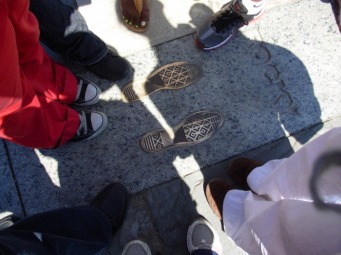
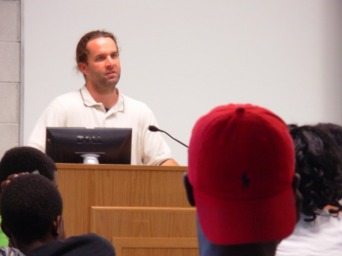
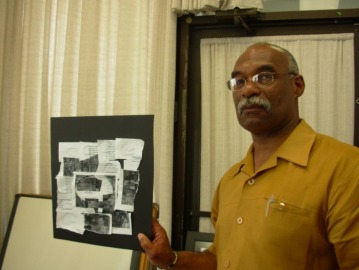
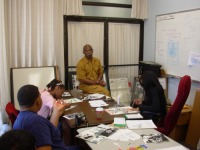
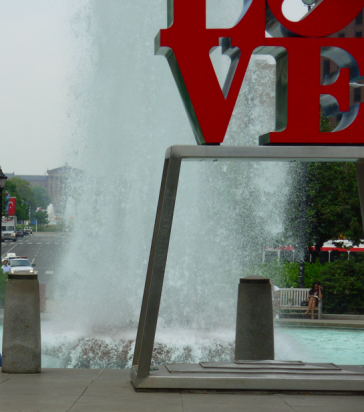
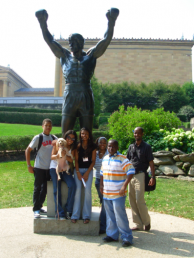
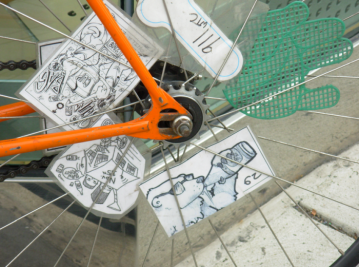
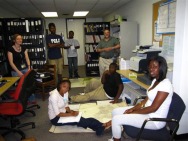

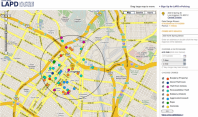
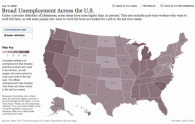
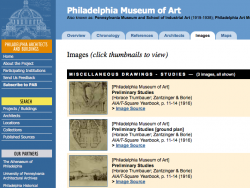
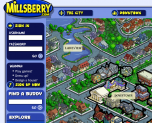
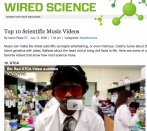

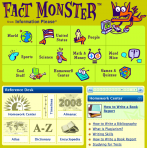
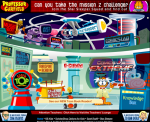
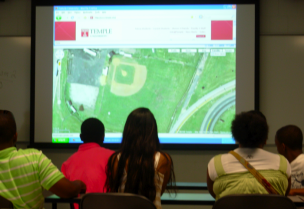
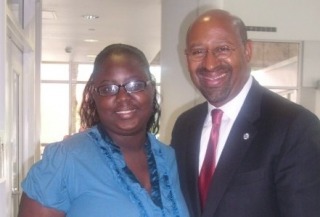
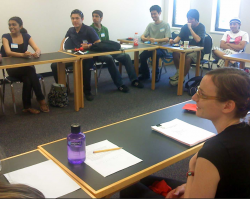

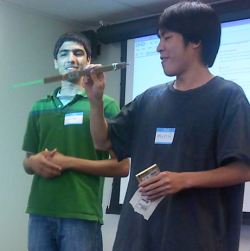
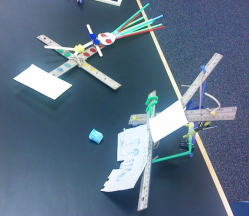
 RSS Feed
RSS Feed

